With summer in full swing, now is the time of year we can really enjoy the beauty that the Pacific Northwest has to offer. The flowers you planted in May and June are in full bloom and your vegetable garden is beginning to offer its bounty. Maybe, however, all is not perfect in paradise—whether insects, fertilizer deficiency, or disease issues, any number of problems could put your garden’s beauty at risk. If you’re beginning to struggle with plants looking less than stellar, here are some hints as to what might be wrong and how to fix it.
First, a new pest has begun to show up in our area in the last year, and left unchecked, it can wreak havoc on your flowers. Budworm, a small green caterpillar, attacks petunias, geraniums, calibrachoa and several other flowers, eating the flower buds on the plants before they have a chance to open. Last summer was the first year I’ve seen them in Whatcom County, and you might have seen the damage they cause, too, without realizing it.
Because budworm prefers to eat only the flower buds on a plant, you might have noticed a hanging basket or other flowers in your garden suddenly stop blooming last year but remain otherwise healthy. My own hanging baskets at home did this, and until I began to research the possible reasons, I never stopped to look for caterpillars.
Thankfully, budworms are relatively easy to control, and with a little spraying, your plants can quickly rebound from the damage and resume blooming. To prevent budworm damage or eradicate an infestation, I highly recommend spraying your flowers in the next couple of weeks with Captain Jack’s Deadbug Brew, an organic insecticide derived from bacteria discovered in an abandoned rum factory in the Caribbean. This insecticide affects the nervous system of insects, causing them to quickly cease eating and die. Thankfully, it’s very safe around animals and humans—and very effective on insects, as well!
Second, this is the time of year when your hanging baskets and other flowers begin to reach their mature size, and whether you just want to keep them blooming strong or help them recover from budworm damage and begin to bloom again, it’s important to begin fertilizing with a bloom-focused fertilizer. Jack’s Classic Blossom Booster contains extra phosphorus to encourage more and larger flowers and can be alternated with Jack’s All Purpose to promote continued healthy plants and impressive blooms. Fertilize your hanging baskets and flowers once a week and they’ll continue to bloom and grow through the summer heat and well into autumn.
Third, now is the time when some common plant diseases begin to show up in gardens. Powdery mildew is one of the most common diseases to affect a wide range of plants, from annuals and perennials to shrubs, trees, and even edibles. I’ve found Bon-Neem to be a very effective spray to control powdery mildew and other common diseases like black spot, as well as a wide range of insects, including aphids and spider mites. And because it’s organic, it’s safe to use on edibles up to the day of harvest.
Finally, if your garden could still use some extra color, now is a great time to plant perennials for late-summer blooms. Echinacea, or coneflowers, are beginning to bloom now and will continue into early autumn, and they’re available in a wide variety of colors. Coreopsis is another great option that blooms throughout the summer and is drought-resistant as well.
Enjoy the perfection that is a Pacific Northwest summer!


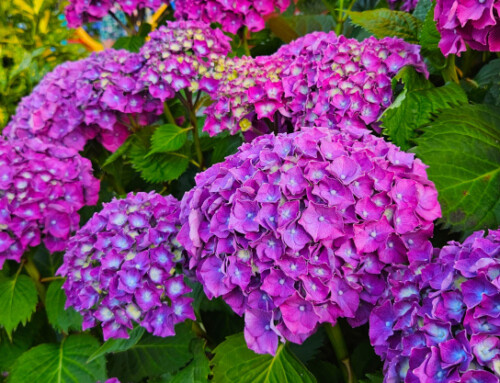
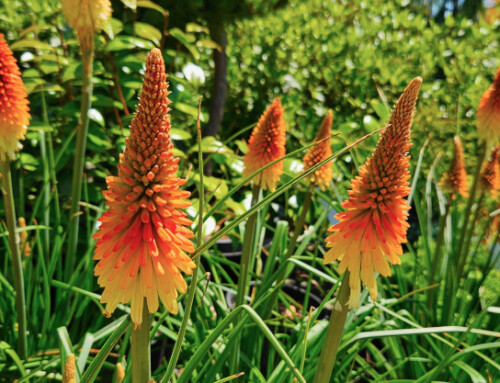
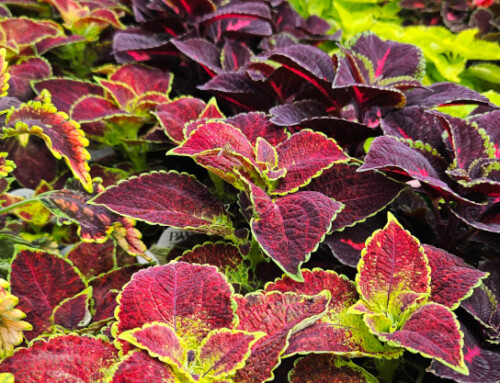
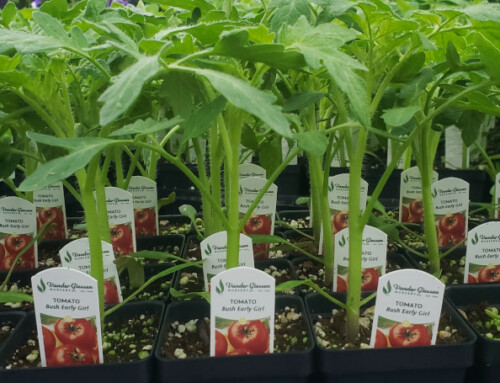
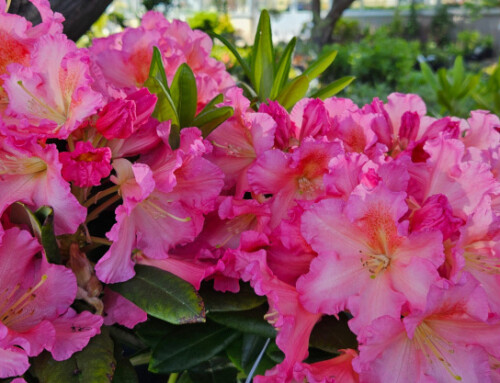
Leave A Comment